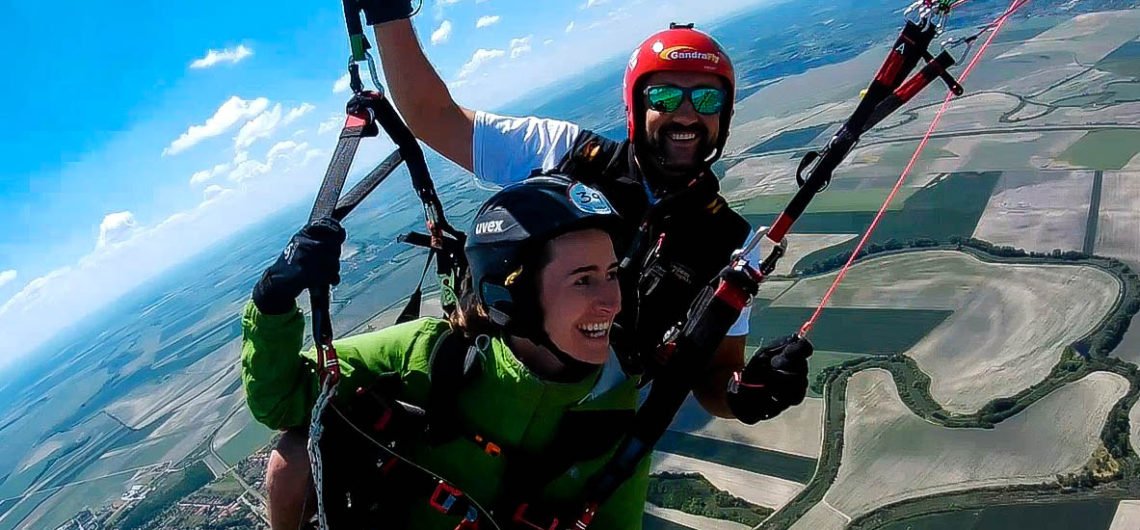Fruska Gora was an island in the former Pannonian Sea. Today, this 539 meters high mountain, the dominant land mass of the entire Pannonian Plain. Fruška gora, thanks to its natural potentials, geographical position and rich history, offers plenty of content for different types of tourism. For those who want to spend a pleasant holiday in Serbia, in a beautiful natural environment,
Canyoning means passing and descending through a riverbed with or without equipment. Lowering waterfalls and walls with or without ropes, crawling through cracks, jumping into pools filled with water and diving, are the main activities on canyoning. The emergence of the canyoning reaches into the distant past, when it was to enter and draw in every place in the vicinity
Via ferrata or steel paths are paths along the walls in which the steel ladders are used for climbing. They were created during the First World War for the needs of the Austrian and Italian armies in the Dolomites. These are tracks along the walls arranged with iron tools. In present time they represent a true tourist attraction because they are located in attractive areas. "Steel
Paragliding offers the possibility of great adventures, challenges and glimpses of the beauty of the area above which it is flying. It does not require too much financial resources and time. Paragliding is one of the youngest aerial sports and is intensively developing. Like other adventurous activities it involves risk. The most important preconditions for learning safe flight are: personal attitude, competent training and safe equipment.
Rafting is a very popular recreational activity worldwide. Rubber boats are used especially for wild waters with a capacity of 6-12 people. In English, the term whitewater rafting (whitewater) is found, and it refers to the water and foam bubbles created by the rapid movement of water that hits the walls and other obstacles. Rafting in the world













